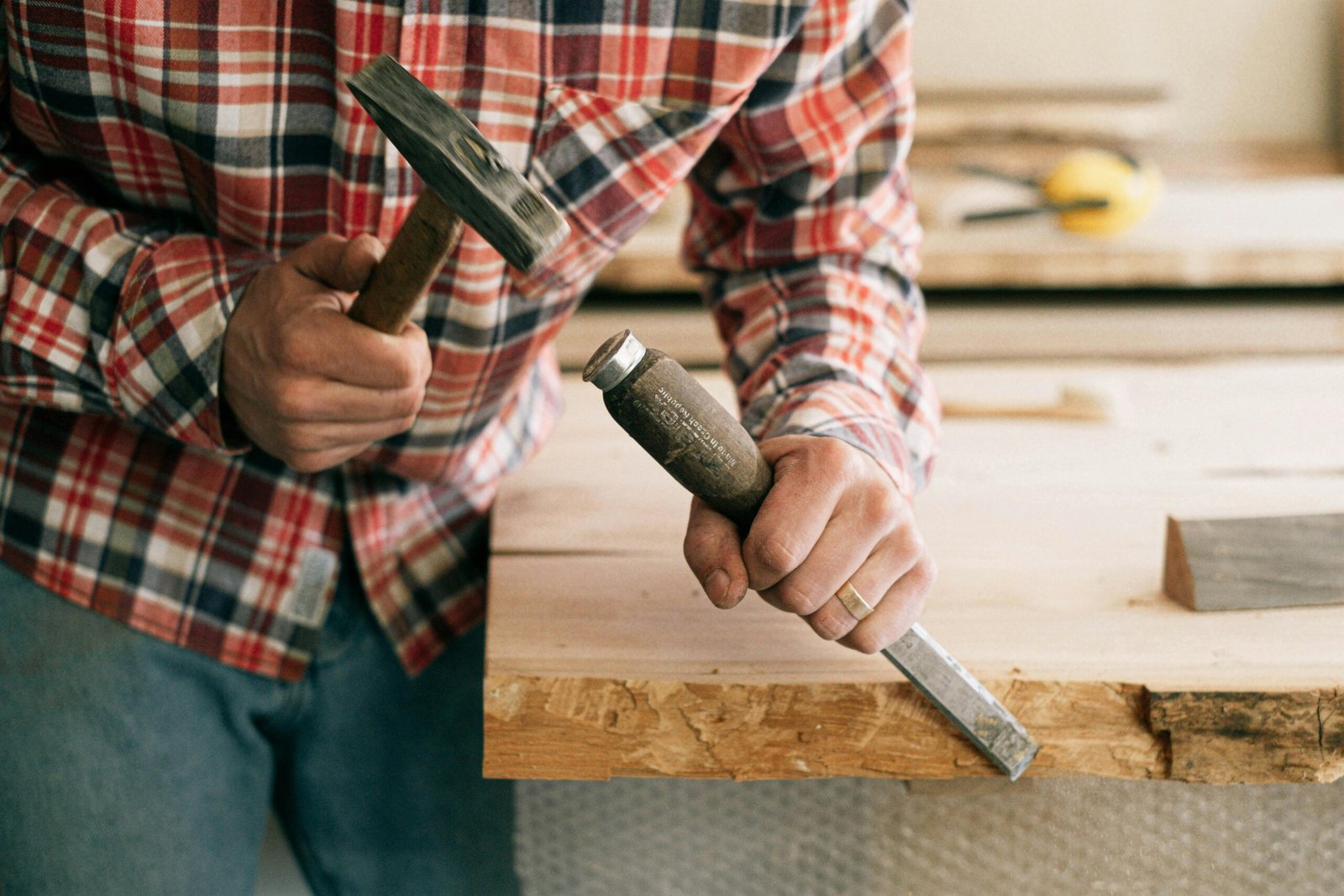Table of Contents
Wood for DIY Furniture Projects plays a vital role in determining both the durability and visual appeal of your creations. Embarking on DIY furniture projects can be incredibly rewarding, but selecting the right type of wood is essential for achieving long-lasting results. This article explores some of the best options in Wood for DIY Furniture Projects, guiding you through their characteristics, benefits, and suitability for different design goals.
Understanding Wood Varieties
When selecting the best Wood for DIY Furniture Projects, it’s essential to understand the fundamental distinction between hardwoods and softwoods. These two broad categories differ not only in their botanical origins—hardwoods typically come from deciduous trees like oak, maple, or cherry, while softwoods are sourced from conifers such as pine, spruce, and fir—but also in their unique structural properties.
Knowing how each type performs helps you choose the ideal Wood for DIY Furniture Projects based on desired aesthetics, workability, and long-term durability. Hardwoods are generally stronger and denser, making them ideal for tables, chairs, and cabinets that must withstand weight and frequent use. Their grain patterns add natural beauty, elevating even simple designs.
Softwoods like pine, however, are lightweight, easy to shape, and more affordable—qualities that appeal to many DIY enthusiasts. They’re excellent for decorative or lightly used furniture. Deciding between hardwoods and softwoods ultimately depends on your project’s purpose and your experience level when working with Wood for DIY Furniture Projects.
The Versatility of Oak
Oak remains one of the most popular choices in Wood for DIY Furniture Projects thanks to its strength, durability, and timeless beauty. Its natural resistance to wear makes it ideal for frequently used pieces such as dining tables, desks, and cabinets.
Oak’s distinctive grain pattern also contributes visual texture and depth, responding beautifully to stains, oils, or clear finishes. Whether you prefer a natural matte look or a bold dark stain, oak delivers results that feel both traditional and refined.
Because of its density, sharp tools and pre-drilling are recommended when working with oak. With proper technique, oak can help DIYers craft heirloom-quality furniture that will last for decades—one of the key reasons it remains a cornerstone of Wood for DIY Furniture Projects.
Pine: Budget-Friendly and Easy to Work With
Pine is another excellent example of versatile Wood for DIY Furniture Projects. Affordable and widely available, pine appeals to beginners and seasoned hobbyists alike. Its soft texture makes it easy to cut, shape, and fasten, and its light grain pattern accepts both paint and stain well, allowing for a wide variety of design styles.
Its light weight is ideal for bookshelves, storage units, and portable furniture. However, because pine is softer, it’s more prone to dents and scratches. To ensure longevity, seal the surface evenly and let the wood acclimate to your workspace before building. With a bit of care, pine provides great results for affordable Wood for DIY Furniture Projects that still feel warm and natural.
Cherry and Walnut: High-Value Choices for Quality
For those seeking sophistication and lasting beauty, cherry and walnut are premium options among Wood for DIY Furniture Projects. Cherry’s rich reddish tones deepen over time, creating a warm patina that ages gracefully. Walnut’s dark, elegant grain gives furniture a luxurious and modern edge.
Both woods are prized for their smoothness and ease of shaping, making them excellent for high-end tables, dressers, or accent pieces. While they cost more, their longevity and timeless look justify the investment—especially for statement pieces in living or office spaces. For anyone pursuing craftsmanship and quality, cherry and walnut elevate Wood for DIY Furniture Projects into the realm of fine furniture making.
Sustainable Choices and Alternatives
Sustainability is increasingly important when selecting Wood for DIY Furniture Projects. Eco-friendly options like bamboo and reclaimed wood combine responsibility with creativity.
Bamboo, though technically a grass, is highly renewable and surprisingly strong—making it an excellent material for lightweight furniture and modern designs. Reclaimed wood, salvaged from old structures or pallets, adds unique character through its aged texture, nail marks, and patina.
Using these materials not only minimizes environmental impact but also infuses each piece with authenticity and history. For eco-minded creators, sustainable Wood for DIY Furniture Projects represents both artistic expression and environmental stewardship.
Conclusion
Choosing the right Wood for DIY Furniture Projects requires understanding how different wood types behave, look, and perform. Hardwoods like oak offer durability and elegance, while softwoods like pine provide accessibility and versatility. Premium options such as cherry and walnut bring refined craftsmanship, and sustainable alternatives like bamboo and reclaimed wood offer modern, eco-conscious solutions.
By aligning your materials with your goals and skill level, you can ensure that your Wood for DIY Furniture Projects not only meet your creative vision but also stand the test of time.


